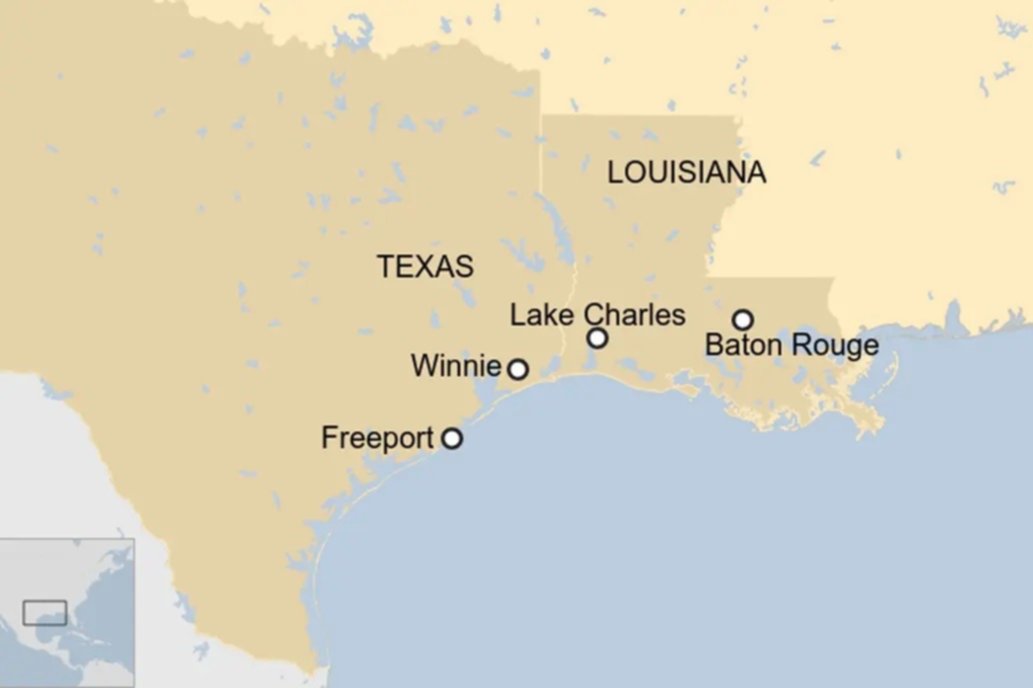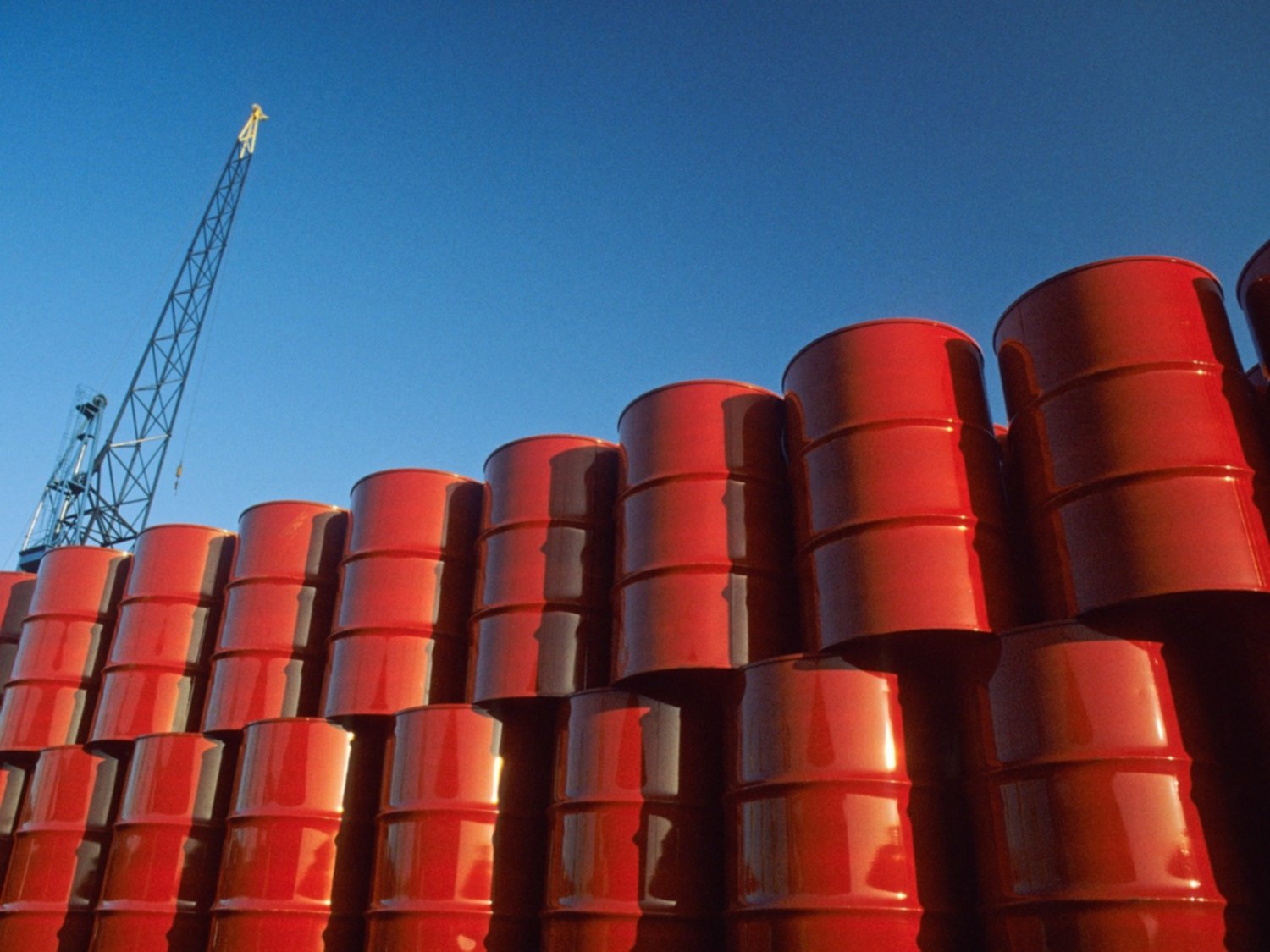
It is not about new deposits or explored wells or to explore. In fact, the crude was taken there and conserved meticulously year after year.
It is the Strategic Petroleum Reserve of the United States, the largest oil deposit for emergency situations that exists in the world and that, these days, shows its importance again.
And on Sunday, President Donald Trump authorized, for the fourth time in history, the use of reserves to avoid an oil crisis after attacks on Saudi refineries.
"On the occasion of the attack on Saudi Arabia, which may have an impact on oil prices, I authorized the release of oil from the Strategic Reserve, if necessary, in an amount to be determined sufficient to keep the markets well supplied," he wrote in Twitter

Last Saturday, a coordinated drone attack affected facilities of the Aramco oil company, the largest in the world, which led it to cut its production by more than half.
The unexpected reduction in a country that exports 5% of the oil consumed throughout the planet put the markets in a state of nerves and shot the world oil price by more than 10%.
The uncertainty generated a fall of more than 165 points of the Dow Jones industrial index, in the face of fears that the price increase could be maintained despite the promises of OPEC and Russia to increase production.
Hence, Trump's decision to resort to oil funds stored in the Gulf of Mexico in case of need was seen not only as a strategy to contain a potential increase in fuel, but also to calm the markets.
But what do these reservations consist of and why are they so important to the United States?
A country and its oil
The origin of the reserves must be sought in another crisis that also had its origin in the Persian Gulf, according to BBC Mundo Jorge Piñón, director of the Energy Program of Latin America and the Caribbean at the University of Texas.
Then, in 1973, it was not an attack that almost left the United States. without oil
"What happened was that the Arab countries blocked the export of crude oil to the West because of the support that the United States and others were giving to Israel. This led to a very delicate situation, given the dependence of the United States on oil," Piñón recalls. .
In October 1973, Syria and Egypt had been engaged in the so-called Yom Kippur War against Israel, in which Jews received support from the United States and other nations, such as the Netherlands. The Arab countries, in retaliation, decided to cut their exports to the West.
The war lasted only three weeks, but the embargo lasted until March 1974, which caused oil prices to quadruple worldwide: they went from around USD 3 to almost USD 12 per barrel. It was, according to historians , the first world oil crisis. The global economy suffered a severe blow and the United States did not escape.
Life became chaotic in the emerging cities that had begun to be born after World War II: millions of people needed to queue at gas stations and much of the American industrial infrastructure, based on the premise of cheap fuel, began to be threatened .
The impacts were felt until many years later and in 1975, three days before Christmas, then President Gerald Ford signed a law to create the first emergency deposit of US crude oil. For exceptional cases.
The Strategic Reserve was born, whose importance since then was such that only the president of the United States has the power to authorize the use of oil that is preserved there.

In the Gulf of Mexico
According to Piñón, the reserve is stored in four places in the Gulf of Mexico, each located near an important petrochemical refining and processing center.
They are located near Freeport and Winnie, in Texas, and outside Lake Charles and Baton Rouge, in Louisiana.
"They are a kind of artificial caverns created in salt domes below the surface," he says.
The immense warehouses composed each of a network of caverns were located between 500 and 1,000 meters below sea level, which makes it more economical to store the oil in tanks on the surface and, also, safer: the chemical composition of Salt and pressure prevent oil from leaking.
Each cavern has an average dimension of 60 meters in diameter and a capacity to house 6 million to 37 million barrels each.
According to data from the United States Department of Energy, these stores currently have 645 million barrels inside, although the maximum storage capacity is somewhat higher: 713.5 million.
According to official data, Americans used an average of 20.5 million barrels of oil per day in 2018, which means that the reserves could keep the country running for approximately 31 days.
However, once the president authorizes its use, the oil from the reserves can take up to 13 weeks to reach the markets.
"The US is currently the largest producer of crude oil in the world. We produce 12 million barrels per day, compared to 11 million in Russia and 10 Saudi Arabia. So, this has led some to question whether the oil should be maintained. reservations, "says Piñón.

Reservations (d) efficient?
So far the presidents of the United States have authorized the use of reservations on rare occasions. The last one took place in 2011, when the Arab Spring uprisings led the member states of the International Energy Agency to release a combined total of 60 million barrels to alleviate the interruption of the global oil supply.
Its use was also ordered in 2005 after Hurricane Katrina devastated the US oil infrastructure. along the Gulf of Mexico.
Its first use took place in 1991, when the United States attacked Iraq in Operation Desert Storm. However, the utility of maintaining such a large reserve at a time when US energy production is booming has been questioned in recent years.
Source link
https://www.lanueva.com/nota/2019-9-21-6-30-7-ataque-a-la-refineria-saudi-asi-ee-uu-guarda-millones-de-barriles-de-petroleo-bajo-tierra




















